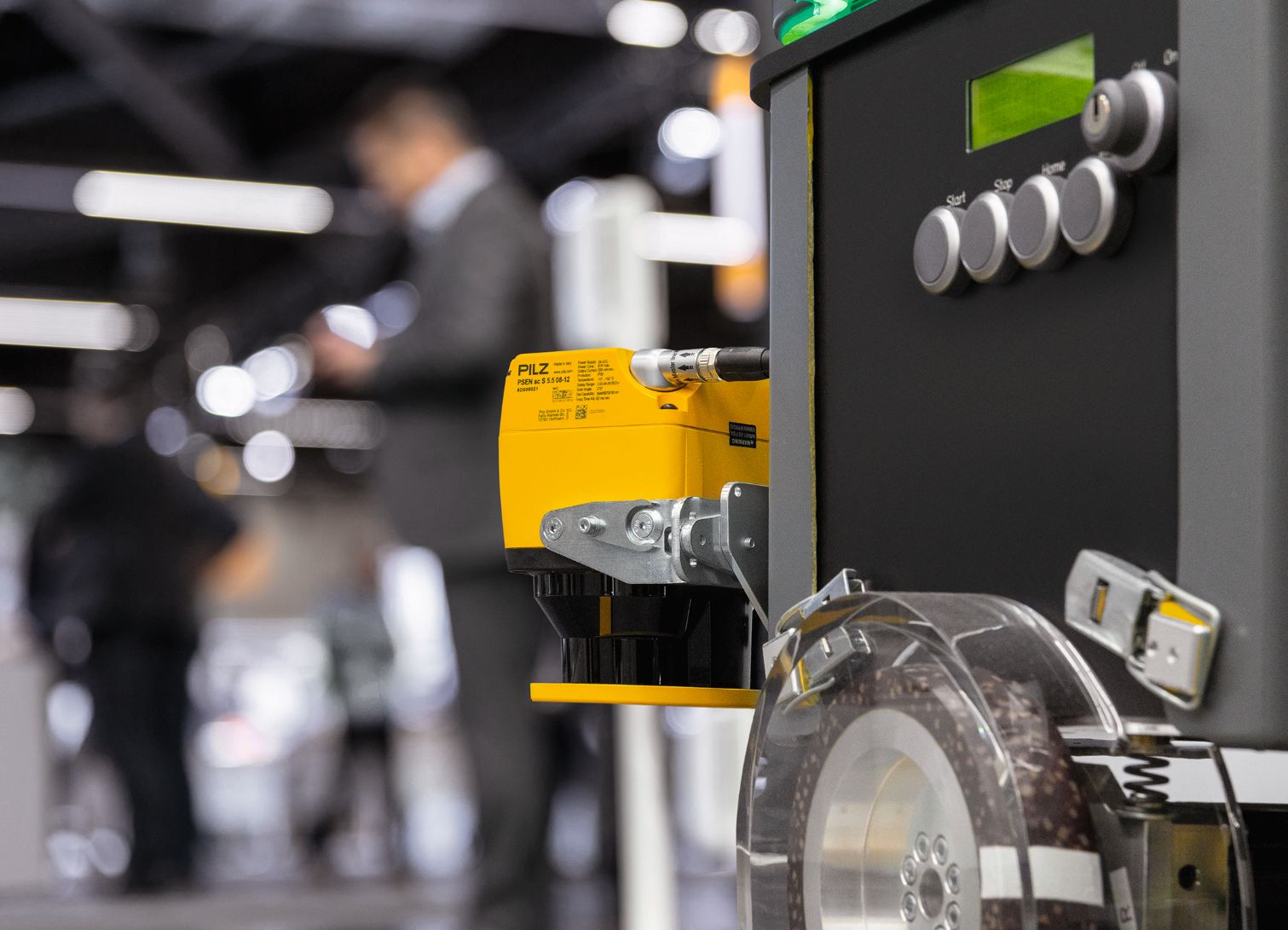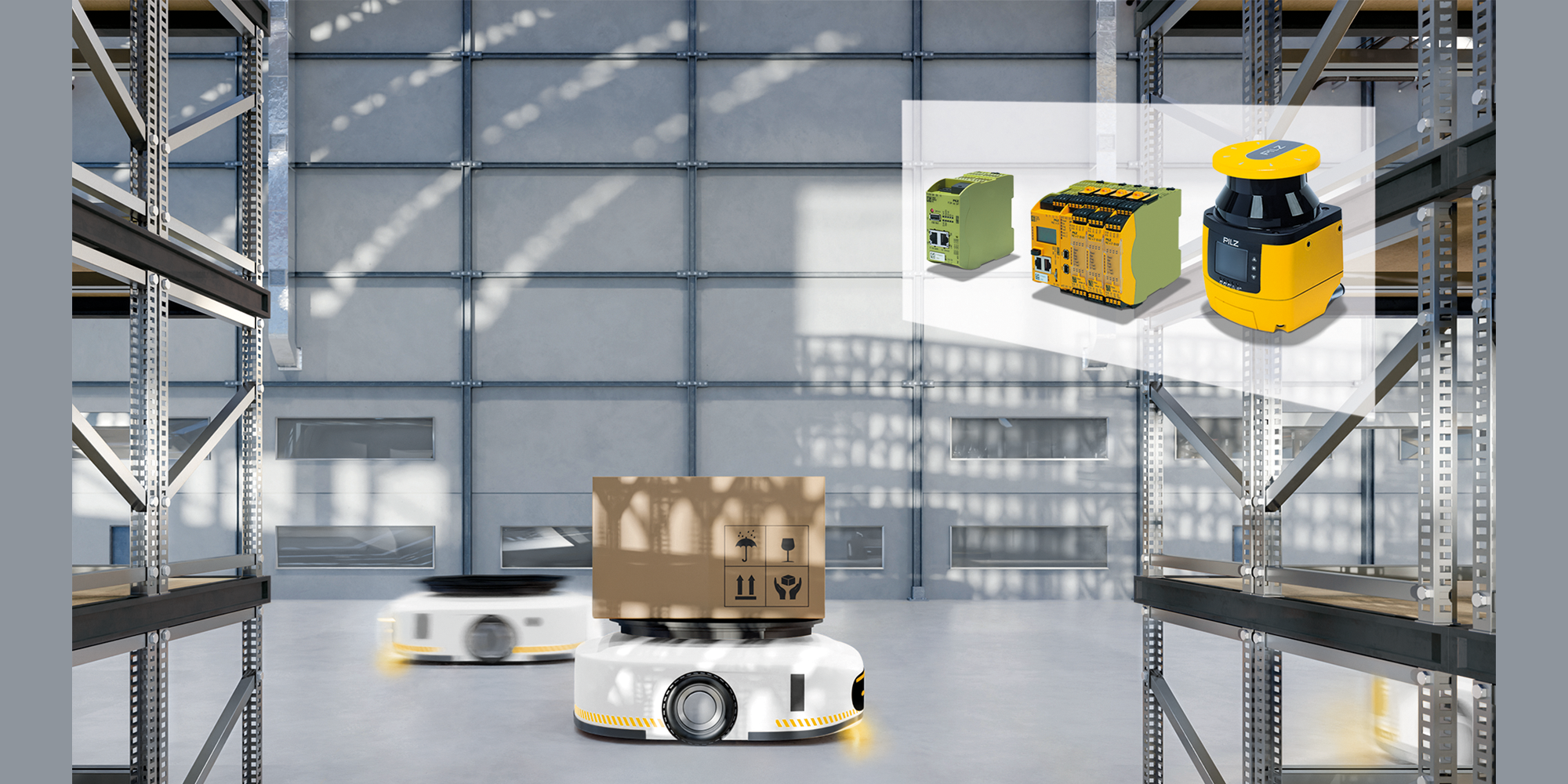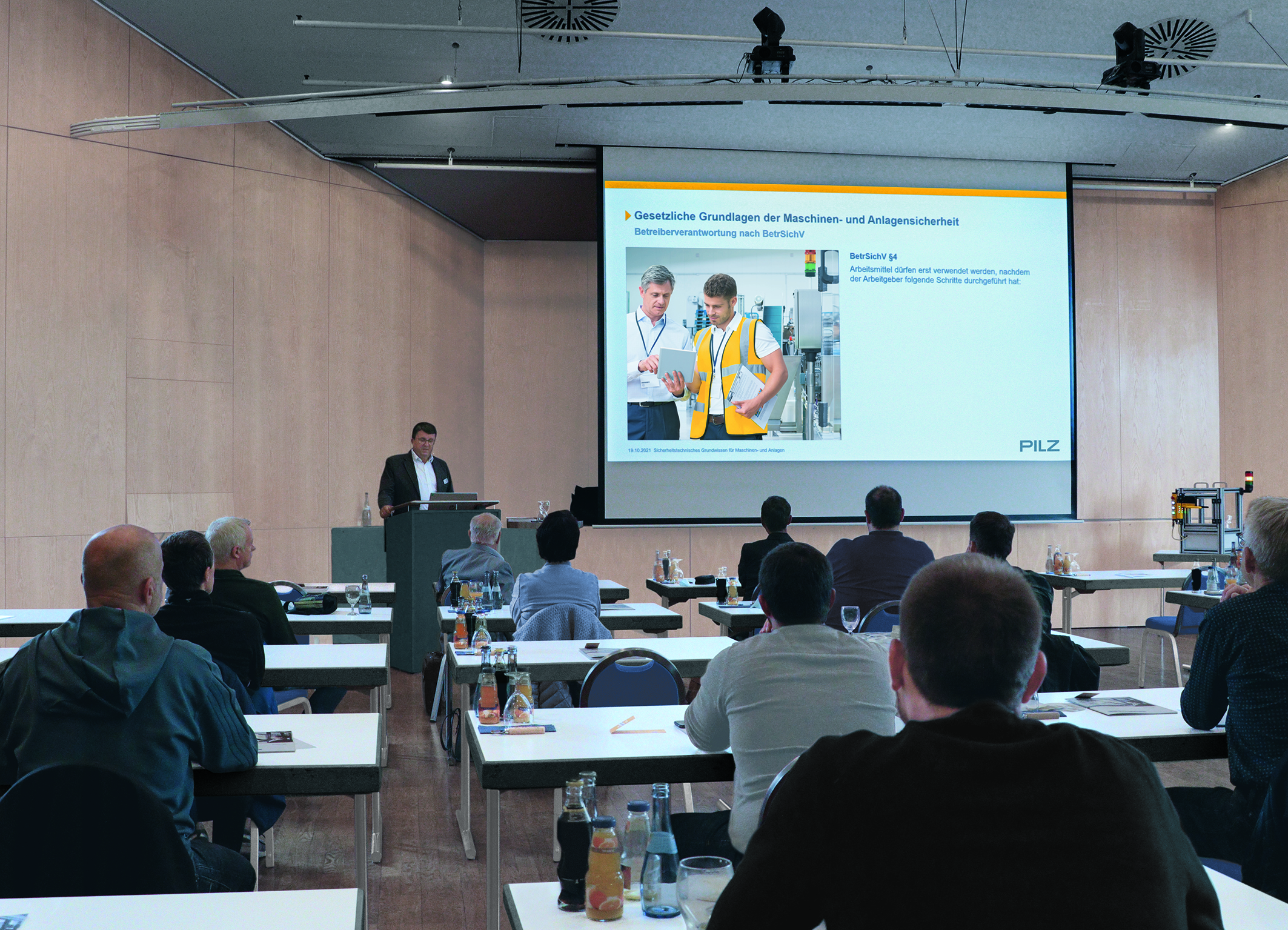
Steel giant ArcelorMittal wants to make its production processes safer and more efficient. In its cold rolling mill for downpipes in Ghent, Belgium, the burner monitoring of the furnaces was therefore optimized. The focus: Efficient safe automation, including more efficient diagnostics, with the help of the PSS 4000 all-round service package from automation experts Pilz, who were also responsible for carrying out the conversion.
In the cold rolling mill at ArcelorMittal in Ghent, the steel coils are finished according to customer requirements. Overall, the production process for downpipes in the so-called cold rolling mill is divided into five steps: Pickling, cold rolling, annealing, tempering, then finishing.
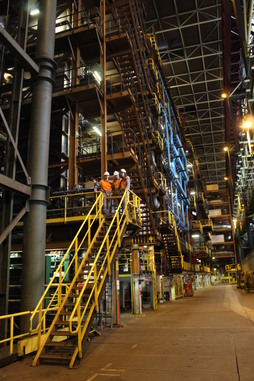
Steel-hard production conditions
During hot rolling as a step before pickling, an oxide layer forms on the steel sheets, which then has to be removed in the cold rolling mill during pickling before the steel sheets can be further processed. In the next step, the cold rolling section, the pickled and hot rolled sheet is reduced to its desired thickness in the cooled state by compressive and tensile forces.
In order to be able to cold-form the steel strip at all, it must first be subjected to heat treatment. This process takes place in two hood annealing areas – that is, in annealing furnaces for steel coils, where the steel strip “dwells” in a closed furnace – and in a continuous annealing and finishing line, which the steel strip passes through and, in contrast to closed hood annealing, “passes through” relatively quickly. The steel coils coming out of the hood annealing area are then tempered (special heat treatment for steel), which improves the mechanical surface properties of the steel sheet. The steel strip coils are packed in the last step and are ready for shipment to the customer.
Yves De Sloover is a technician in the cold rolling mill at Arcelor Mittal: “Our department is responsible for maintaining the processes in this area, and on the continuous annealing line we also take care of the PLC and the setting of the burners. Our goal is to keep production running continuously. This also includes constant optimizations on the furnace.”
One challenge was the frequent shutdown of the start-up burners that ignite the main burners. De Sloover explains: “At the beginning of the process, the furnace is heated to 1200 °C with an open flame. There are a total of 50 main burners fed by 30 start-up burners. Whenever the temperature of the furnace drops below 760 °C after a shutdown, these main burners are used to restart the furnace”. This is also prescribed by the standard, according to DIN EN 746 this is obligatory, the technician adds.
Fault diagnosis was a challenge …
In the past, the start-up burners were controlled by a module and the flame was monitored by UV cells at the ignition. If a UV cell was defective, the entire system stopped and had to be restarted. A restart that took at least 40 minutes each time because unburned gases had to be expelled with nitrogen first. The defective UV cell also had to be replaced each time. More of a search game because you never knew which UV lamp had failed. As a result, downtime was significant. And troubleshooting was not efficient either: although the burner control module used passed on information about the gas and air supply and that of the UV detectors to the PLC, the analysis options were limited and time-consuming. “In addition, we couldn’t make any changes to the control system because it only acted as a black box, i.e. it was only responsible for recording data from the PLC signals,” explains De Sloover.
… the new automation system is the solution
So the downtime had to be drastically reduced. “First we switched to ionization instead of UV detectors, in the second step we replaced the ‘old’ burner control module,” Ives De Sloover continues. The automation system for automation and safety PSS 4000 from Pilz was chosen as the ‘replacement’. The German supplier of automation solutions had already made a positive impression on the Belgian steel processor through an earlier collaboration: “We had already installed a Pilz safety solution at another plant and were absolutely satisfied here, with the quality of the components, the service and also the support. We were already familiar with the automation system and thanks to its scalability it represents a future-oriented automation solution,” the technician looks back.
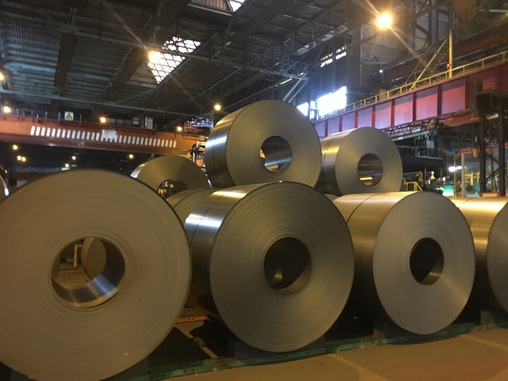
Competence from a single source brings advantages
Pilz took complete charge of the conversion of the cold rolling mill. The blast furnace is divided into five zones, each with 10 burners. Zone 3 was the first to be rebuilt. The first step was to document the specifications of the previously used module. Pilz then transferred these design specifications to the automation system’s PSSuniversal PLC control system. The goal was a longer operating time and sufficient, because fast diagnostic possibilities.
In addition to the PSSuniversal PLC, an efficient visualisation system was therefore installed in a new control cabinet designed for this purpose, which displays the status of the burners.
Because the burners have to pass through various stages and sequences in accordance with the standard and have to fulfil certain conditions in the process, it was ensured in the visualisation that the operators can now read this status at a glance on the display. “In addition, there is a graphical display of the flame on all 10 burners and a display of the burner control sensor data on the display, so that it is now possible to react much more quickly if a value becomes too low at any point,” De Sloover is pleased to say.
Finally, another additional control cabinet was installed in zones 4 and 5 with two PSSuniversal PLCs for both zones, and their status can also be read on the zone 3 display.
Flexible software modules for burners are the core of the solution
The PAS4000 software of the automation system PSS 4000 can be used to configure function blocks that focus on specific application scenarios, in this case the burner application. With the so-called burner management software package, programs for controlling different types of burners can be implemented flexibly and easily, and safety functions such as the safety gate contacts, emergency stops and light curtains can be executed.
The use of prefabricated and certified function blocks for burner management not only simplifies installation, but also validation. In addition, numerous other function blocks are available in the software of the automation system. Ives De Sloover sums up the advantages of the system with regard to its software package: “A big plus of the automation system is that applications can be implemented absolutely customer-specific.”
After the furnace is rebuilt, it runs virtually continuously. For the technicians at Arcelor Mittal, this now means “undisturbed night’s rest”. Because: “More than once we were here at night, looking for a defective UV sensor. That is now a thing of the past,” says De Sloover with relief. He continues, “Today, the plant runs without any major malfunctions, and should there be a malfunction, we know immediately where to find the fault.”
Web:
www.pilz.com

